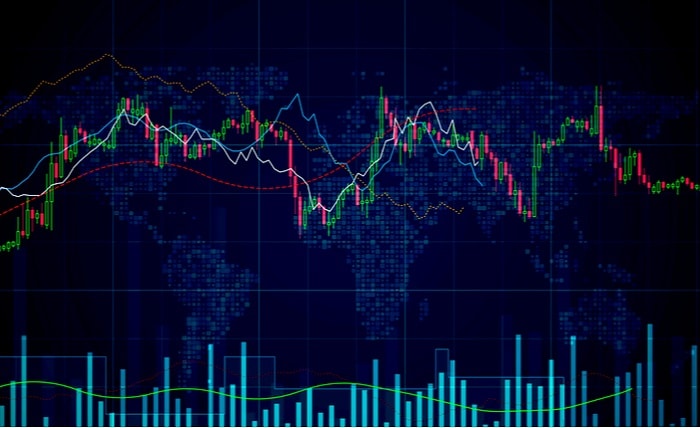Introduction
Understanding stock charts is crucial for anyone involved in the financial markets. These charts are not just lines and bars; they represent the heartbeat of the market. In this post, we’ll explore the fundamentals of stock charts, discuss various types, and provide practical advice on how to interpret them effectively.
What Are Stock Charts?
Stock charts are visual representations of a stock’s price movements within a specific time frame. They are essential tools for traders and investors, helping them to make informed decisions based on past performance, trends, and patterns.
Types of Stock Charts
There are several types of stock charts, each providing different insights into market conditions. The most common are line charts, bar charts, and candlestick charts. Understanding the distinct features of each can significantly enhance your market analysis.
Reading a Stock Chart
To effectively use stock charts, one must understand the x-axis (time) and y-axis (price) dynamics. This section explains how to read these charts and what the various markings and indicators signify.
Importance of Time Frames
Different time frames reveal different aspects of market behavior. Whether you’re looking at an intraday stock chart or a multi-year overview, each time frame can inform different trading strategies and decisions.
Technical Indicators and Overlays
Stock charts are often accompanied by technical indicators and overlays like moving averages, RSI, and MACD. These tools help traders to predict future movements and confirm trends observed in the chart.
Candlestick Patterns
Candlestick patterns are especially popular in stock chart analysis because they provide insight into market sentiment and potential reversals. Learning about patterns like the doji, hammer, and engulfing can be highly beneficial.
Volume and Its Role
Volume is a critical component often shown on stock charts. It provides clues about the strength of a price move. High volume during a price increase might suggest strong buy interest, whereas low volume may indicate a lack of support.
Common Chart Patterns
Chart patterns, such as head and shoulders, triangles, and flags, can signify continuation or reversal in the market. Recognizing these patterns can give traders a significant advantage.
Analyzing Trends
One of the primary uses of stock charts is to identify trends. This section discusses how to distinguish between uptrends, downtrends, and sideways movements, and how to strategize accordingly.
Advanced Charting Techniques
For more experienced traders, combining multiple charting techniques and advanced analytical tools can uncover deeper insights and provide a competitive edge in trading.
Conclusion
Stock charts are invaluable tools in the arsenal of any trader. Whether you’re making quick intraday decisions or planning long-term investments, the ability to read and interpret stock charts is essential. By mastering the art of chart analysis, you can enhance your trading skills and potentially increase your profitability.
FAQs
1. What is the best type of stock chart for beginners?
- For beginners, line charts are the simplest and a great starting point for understanding basic trends and price movements.
2. How important are stock charts in trading?
- Stock charts are crucial as they provide a visual representation of stock behavior, crucial for making informed trading decisions.
3. Can stock charts predict future price movements?
- While stock charts cannot predict future prices with certainty, they can provide insights based on historical data and trends, which can be indicative of future movements.
4. Do I need special software to view stock charts?
- Many platforms provide stock charts, but for advanced features and more in-depth analysis, specialized trading software might be recommended.
5. How often should I check stock charts?
- The frequency depends on your trading strategy. Day traders may look at charts several times a day, while long-term investors might check them less frequently.






